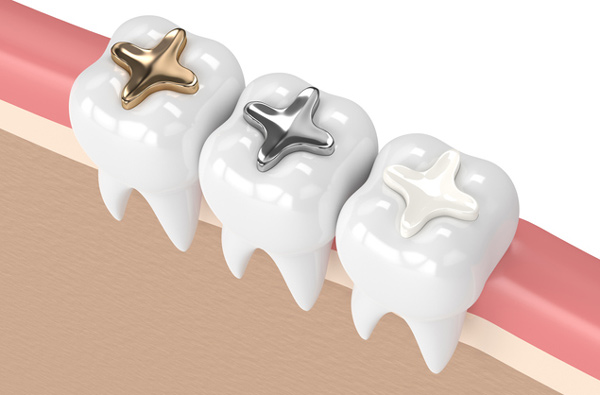White Composite Fillings Dental fillings are used to "fill" dental caries or cavities. Cavities are small holes in the teeth formed by dental decay. Dentists extract the decayed pieces of the tooth, and the hole is filled with a filling material. Harmful germs in the mouth lead to tooth decay. Cavities form when bacteria produce acids or toxins that destroy tooth enamel. Adverse tooth decay causes extensive damage to the tooth and can result in significant infections and eventually tooth loss. Cavities can be avoided by brushing two times a day and flossing daily. Contact Jacobsen Pediatric Dentistry to schedule an appointment and learn more about dental fillings. Dental fillings are used to "fill" dental caries or cavities. Cavities are small holes in the teeth formed by dental decay. Dentists extract the decayed pieces of the tooth, and the hole is filled with a filling material. Harmful germs in the mouth lead to tooth decay. Cavities form when bacteria produce acids or toxins that destroy tooth enamel. Adverse tooth decay causes extensive damage to the tooth and can result in significant infections and eventually tooth loss. Cavities can be avoided by brushing two times a day and flossing daily. Contact Jacobsen Pediatric Dentistry to schedule an appointment and learn more about dental fillings.Filling Material TypesYour dentist will recommend the best filling type for you depending on the damaged region, the degree of the decay, the cost of filling materials, and your insurance coverage. White Composite Fillings for ChildrenWhite composite fillings, also known as tooth-colored fillings, are often used for children for several reasons: Aesthetic AppealComposite fillings match the natural color of teeth, making them virtually invisible. This is particularly important for fillings in visible areas, helping children maintain a natural-looking smile. Safety and ComfortComposite materials bond well to the natural tooth structure, providing strong support and reducing the risk of tooth fracture. This can be beneficial for active children who might be prone to dental injuries. Less InvasiveThe bonding process allows for more conservative treatment, meaning less removal of healthy tooth structure compared to amalgam (silver) fillings. This is beneficial for preserving as much of the natural tooth as possible. No Mercury ContentUnlike amalgam fillings, composite fillings do not contain mercury. Some parents and healthcare providers prefer composites due to concerns about the potential health effects of mercury exposure. Reduced SensitivityComposite fillings tend to cause less post-treatment sensitivity compared to other types of fillings, making them more comfortable for children. Versatility and PracticalityComposite materials can be used for various types of dental restorations, including cavities, chips, and minor cosmetic adjustments, making them a versatile option for pediatric dental care. Easy RepairsIf a composite filling becomes damaged or needs adjustment, it can often be repaired rather than replaced entirely, which can be more convenient and less stressful for children. ConsiderationsWhile composite fillings have many advantages, they may not be suitable for all situations. For example, in cases where a large filling is needed in a high-stress area (like a molar), other materials might be more appropriate. However, for many typical pediatric dental issues, white composite fillings offer a combination of aesthetic, functional, and health benefits that make them an excellent choice. Procedure for Dental FillingsThe dentist will use an anesthetic to numb the affected area around your tooth before beginning the filling treatment. The dentist will then eliminate the decayed piece of the tooth using a drill, laser, or air abrasion equipment. If there are any leftover decaying parts of the tooth, the dentist will remove them. Dirt and germs will be removed from the cavity. The dentist will place a liner to protect the nerves if the decay gets into the root. Lastly, the dentist will place a filling in the cavity and polish it. Tooth-colored fillings require a few further actions after decay removal and cleaning of the cavity. The dentist will cure each layer of tooth-colored materials using a special light, then cut off excess material and polish the filling after the multi-layering procedure to get the desired result. If your child needs a dental filling, visit Jacobsen Pediatric Dentistry. Call us today at (971) 459-2431 for more information on white composite fillings. |
 |